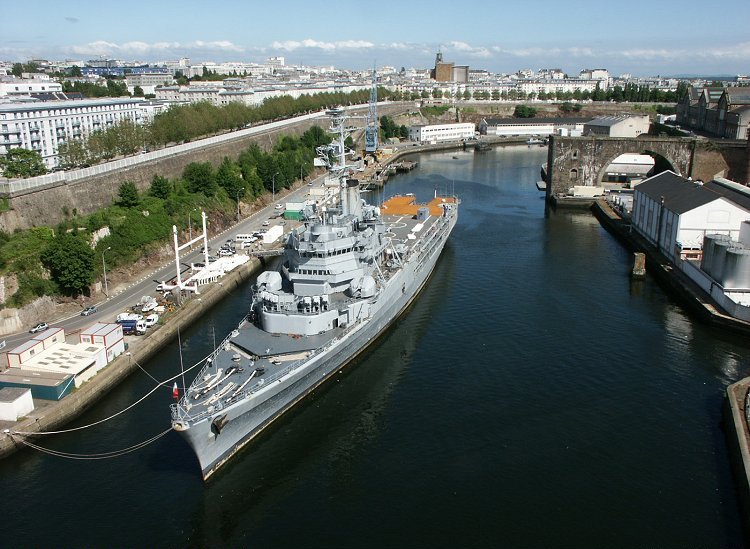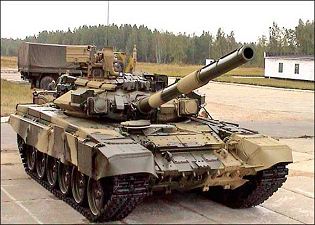The Arsenal de Brest is a collection of naval and military buildings located on the banks of the river Penfeld, in Brest, France. It is located at WikiMiniAtlas48°23′12″N 4°29′48″WCoordinates: 48°23′12″N 4°29′48″W.
Arsenal de Brest is also the headquarters of the French naval and oceanographic service.

















